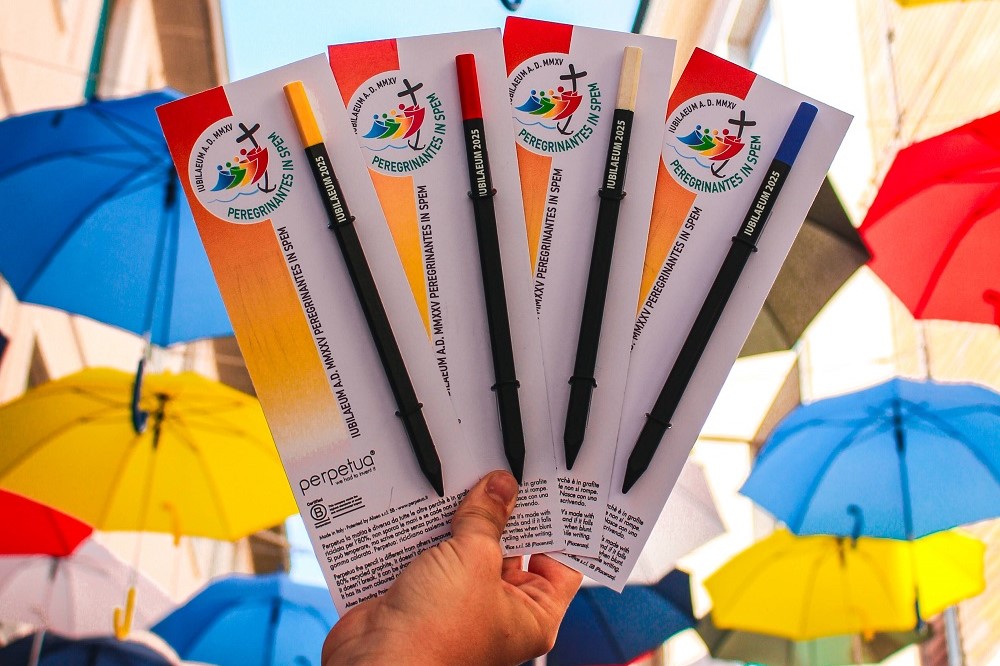The metal paten is a small round plate on which the host is placed before and after being consecrated during Mass celebration. The metal paten is also used by the priest to catch any crumbs of the host and to cover the chalice.
The paten is usually made of gold or silver, or other precious metals, but in ancient times was also made of glass, ivory, onyx, alabaster, rock crystal. Originally, it was a simple dish of household, as was associated with the dish used by Jesus at the Last Supper to break bread. The Latin etymology of the word paten comes from ‘patina’ and means “plate, bowl”. In the early Church, there were metal patens in different sizes, shapes and materials. The priests used them both for the consecration and to distribute communion hosts to the faithful. Sometimes they were very large metal patens, with handles that allowed to handle them more easily.
Some metal patens were used to collect the bread offered in sacrifice, others for the giving of communion. Over time the ciborium replaced the paten as a container to distribute the hosts and metal patens assumed its precise characteristics, becoming a plate with a diameter not exceeding 20 cm, concave in the central part in order to be placed more easily on the chalice.
Even metal patens decorations are evolving: if at first they tend to be rich in carvings and works of chisel, enamel inlay and precious stones, progressing over time they tend to simplification, not least to prevent host crumbs to end up stuck in the incisions. Today we prefer simple decoration, but with a strong symbolic value. During the Eucharistic celebration, church supplies and linens are prepared according to a precise ritual order: purificator, paten with the host, pall, corporal.

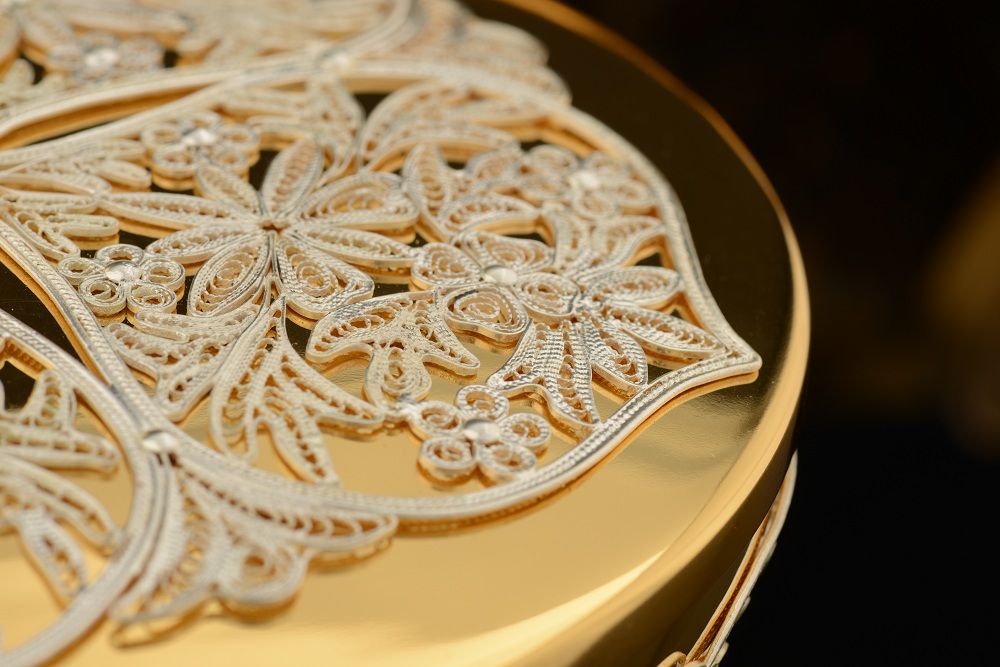
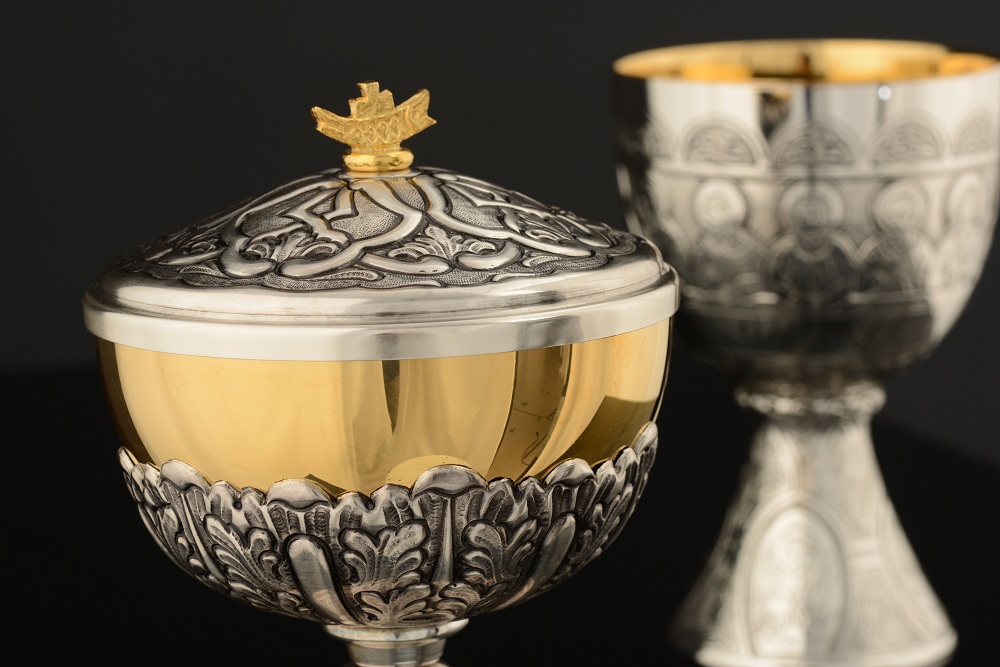
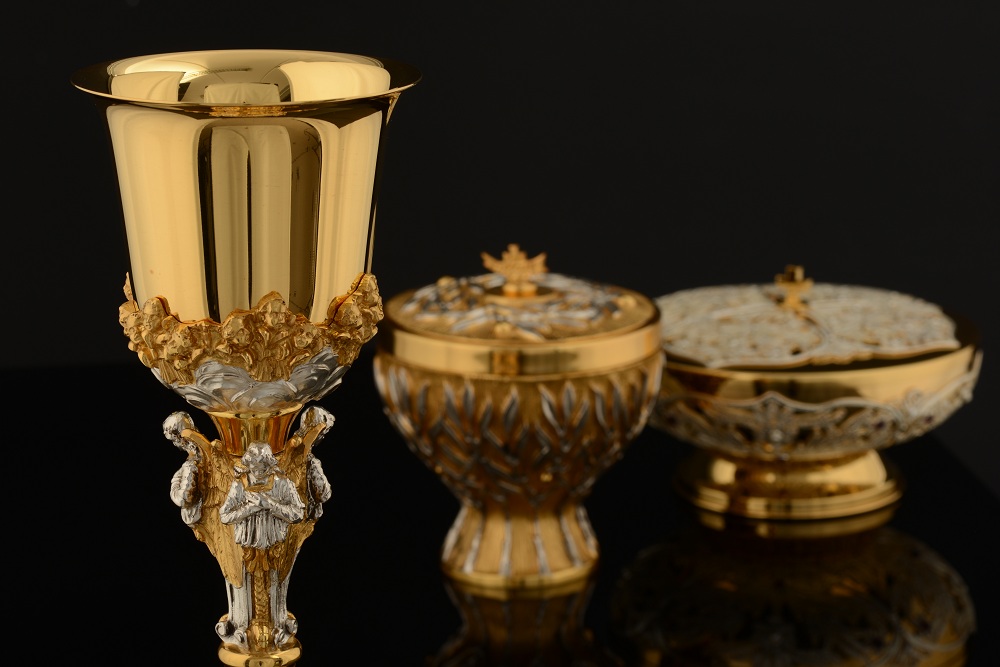
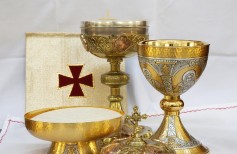

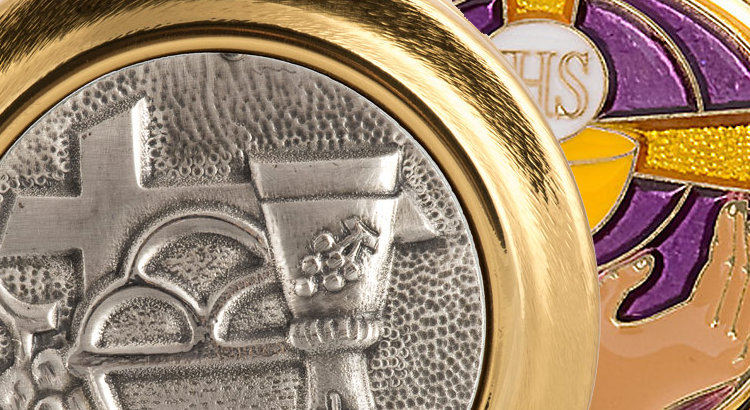

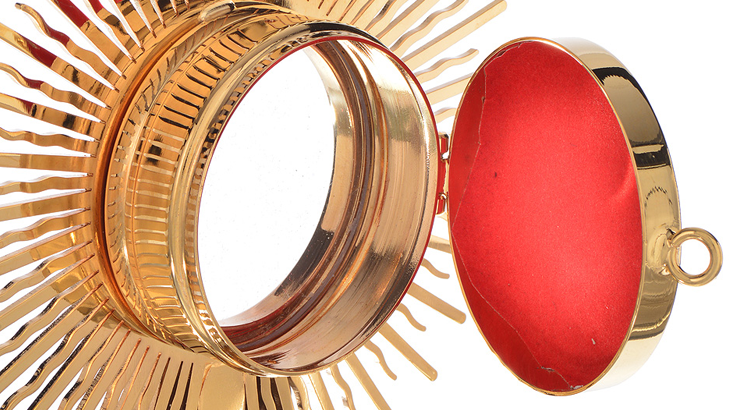
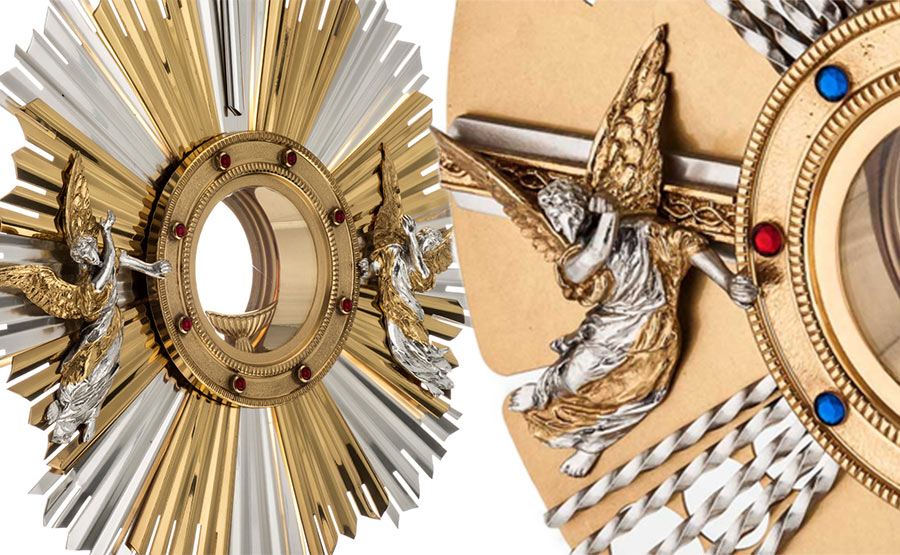
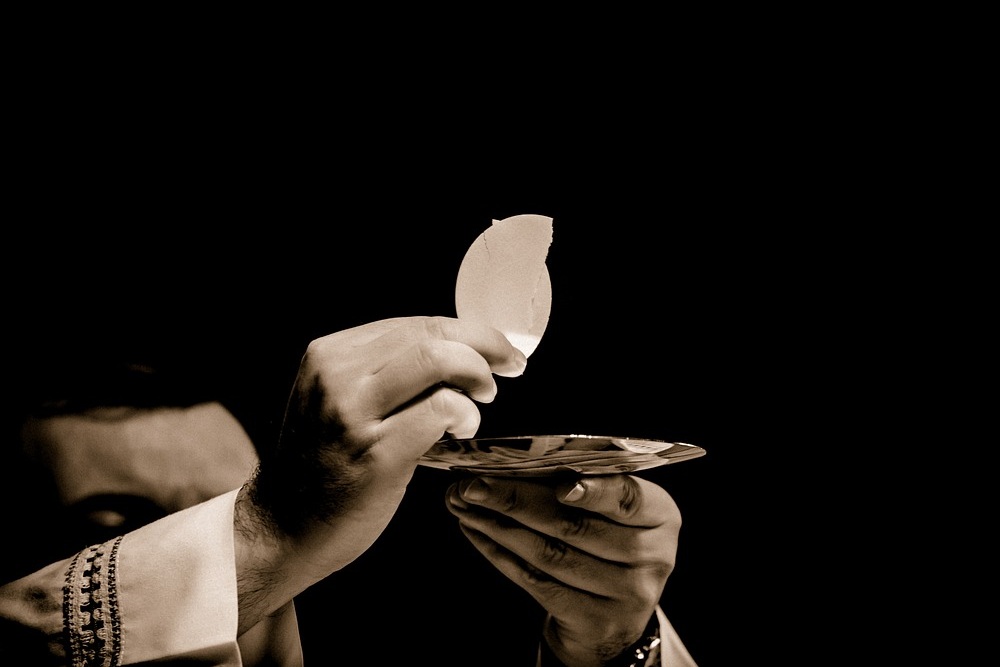








 25 August 2025
25 August 2025
